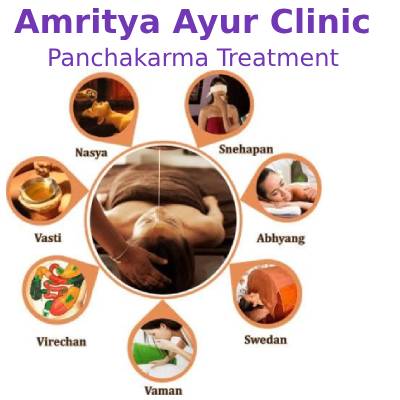
Panchakarma is an Ayurvedic detoxification and rejuvenation therapy aimed at balancing the three doshas (Vata, Pitta, and Kapha) and purifying the body and mind. The term Panchakarma translates to "five actions" or five treatments, which refers to the five key therapeutic procedures involved. These treatments are designed to remove toxins (ama) from the body, strengthen the immune system, and restore balance to the doshas.
The Five Key Therapies of Panchakarma
Vamana (Therapeutic Emesis)
Inducing controlled vomiting to eliminate toxins from the stomach and upper digestive tract. It is especially useful for Kapha-related disorders such as asthma and chronic congestion.
Virechana (Purgation Therapy)
Cleansing the bowel by using herbal laxatives to remove Pitta toxins from the liver, intestines, and other digestive organs.
Basti (Medicated Enema)
Administering medicated oils or herbal decoctions through the rectum to cleanse the colon. This therapy is particularly effective for Vata-related imbalances.
Nasya (Nasal Administration)
Introducing medicated oils or herbal formulations through the nasal passage to clear toxins from the head, neck, and respiratory system. It is beneficial for sinusitis, migraines, and other head-related ailments.
Raktamokshana (Bloodletting)
A controlled process of detoxifying the blood using techniques like leech therapy or venous puncture. This therapy is often used for Pitta-related disorders and skin conditions like eczema or psoriasis
Purva Karma (Preparatory Stage)
Pradhana Karma (Main Treatment Stage)
The actual Panchakarma therapies (Vamana, Virechana, Basti, Nasya, and Raktamokshana) are administered during this stag Recovery and rejuvenation phase that includes specific dietary guidelines, herbal supplements, and lifestyle modifications to restore balance and vitality
Paschat Karma (Post-Treatment Care)